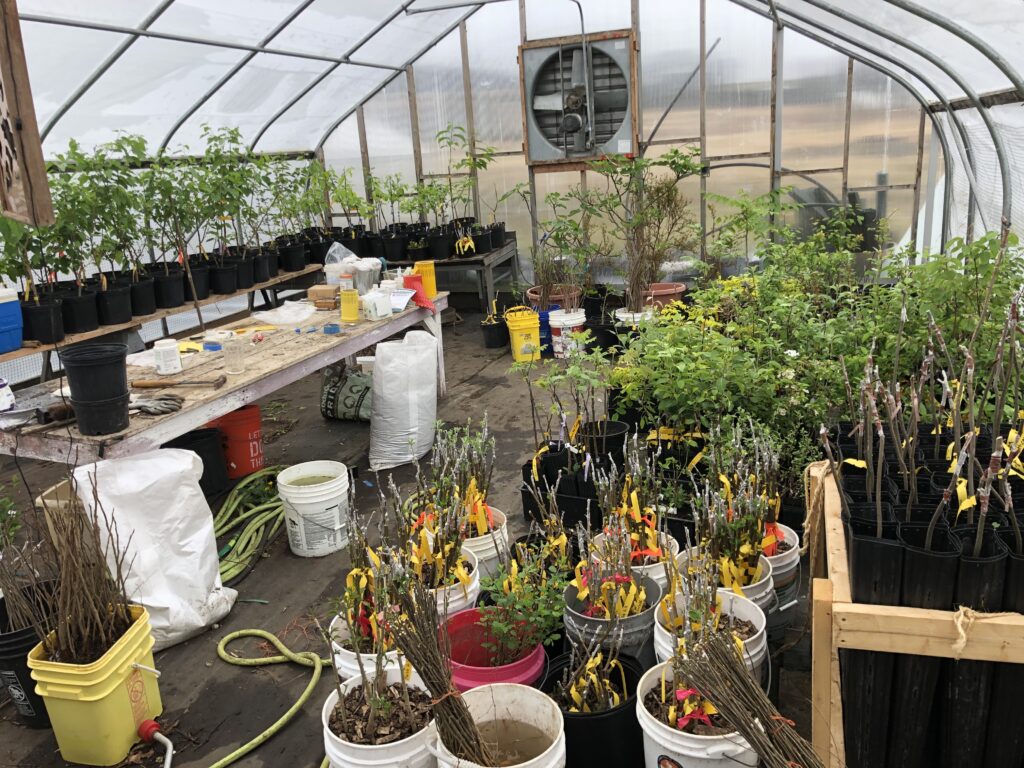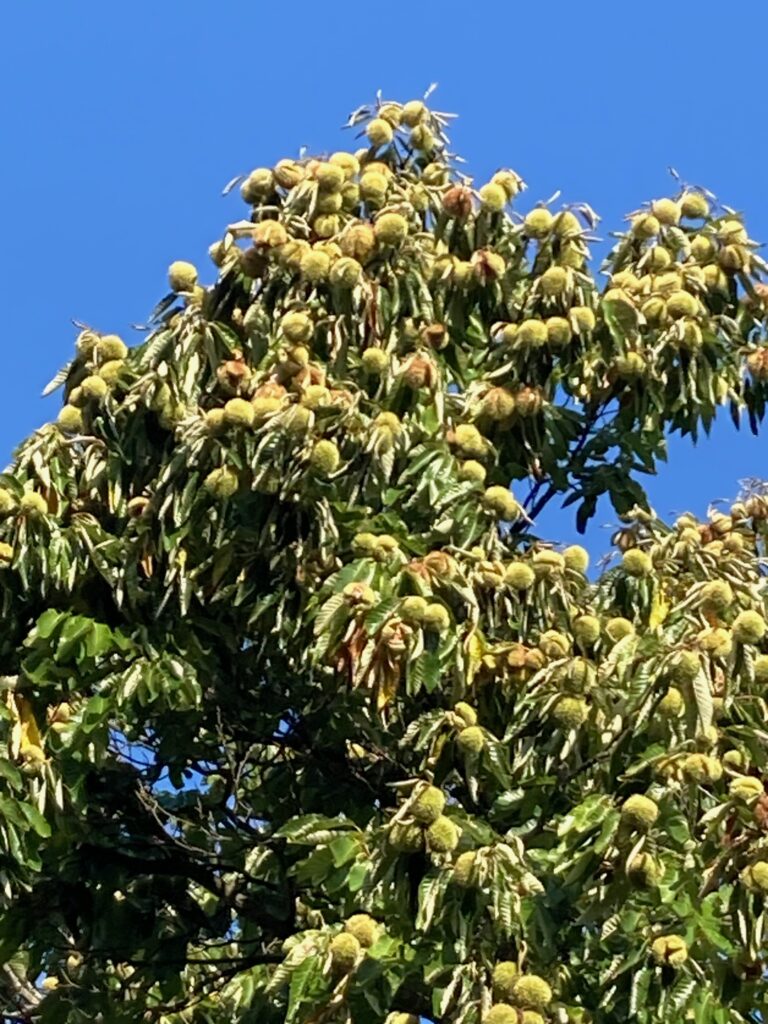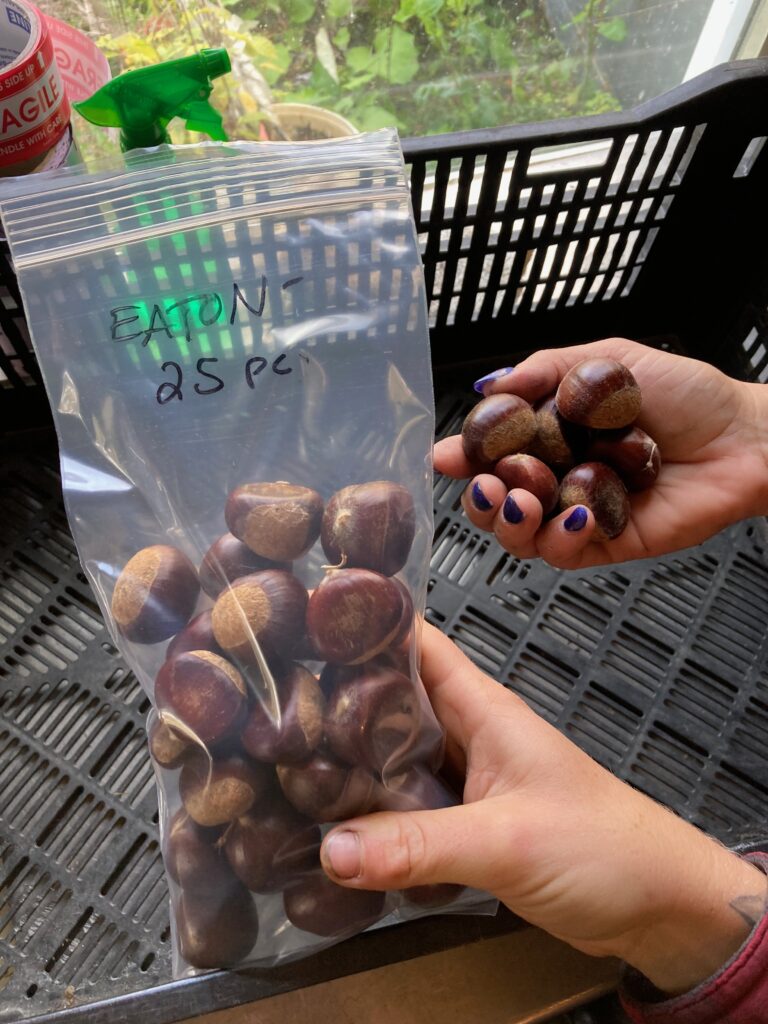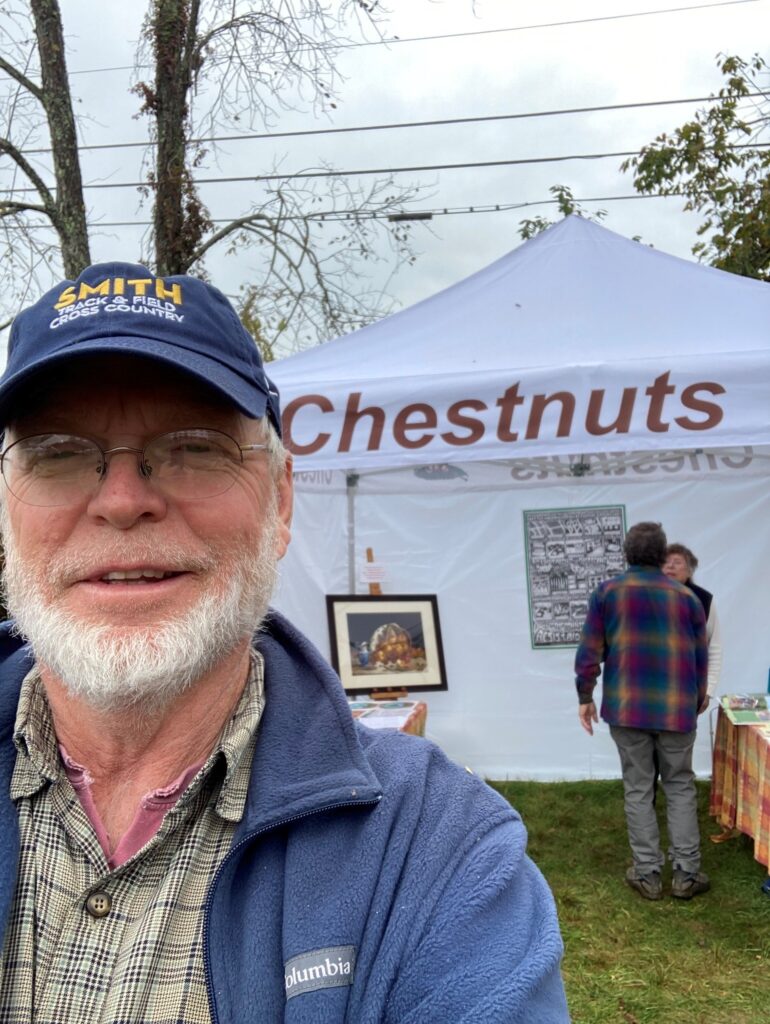
Buzz Ferver Joins Branching Out: Chestnut Breeding Experimentation Guru
As Buzz Ferver, guest on the Branching Out Podcast, says, “The dream is to have a blight-resistant chestnut that thrives in Vermont’s climate.” This dream is becoming a reality, and you can be part of it with a little effort!
If you dream of harvesting delicious chestnuts from your own backyard, this guide will equip you with the knowledge to get started. Let’s crack open the secrets of growing healthy chestnut trees in the Green Mountain State.
Choosing the Right Chestnut Cultivar
The key to success lies in selecting a cultivar (a specific plant variety with a single-quoted name) that thrives in Vermont’s climate and soil conditions. Buzz updates his website frequently, so check in for some of his recommendations.
Preparing Your Soil and Planting
Chestnut trees prefer well-drained, slightly acidic soil (pH 6.0 to 6.8). Conduct a soil test before planting to determine if amendments are needed. Consider amending your soil with compost or aged manure to improve drainage if it is heavy clay.
Choose a sunny location with good air circulation for your chestnut tree. Ideally, plant your tree in early spring while the ground is still moist but workable. Dig a hole large enough to accommodate the root ball and backfill with amended soil, ensuring the root flare sits slightly above the ground level. Water thoroughly after planting and moisten the soil during the first growing season.
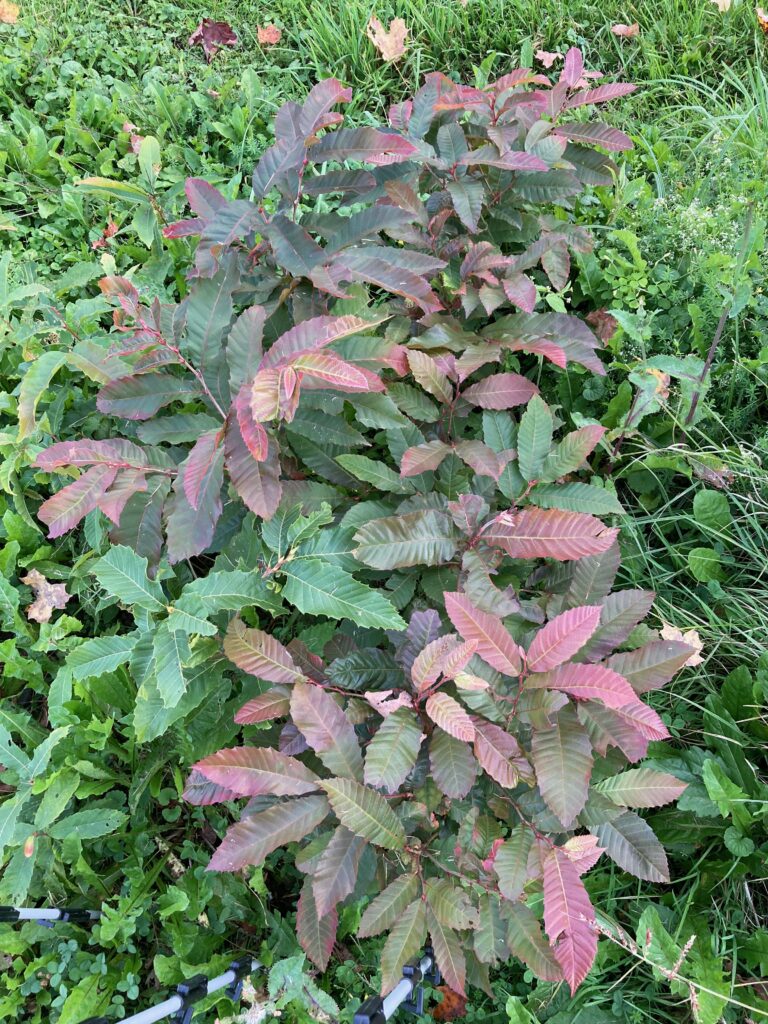
Caring for Your Young Chestnut Tree
Watering:
Water your young chestnut tree regularly, especially during dry periods. Aim for deep watering that encourages root development. As the tree matures, watering needs will decrease.
Mulching:
Apply a layer of organic mulch around the tree’s base (but not touching the trunk) to suppress weeds, retain moisture, and regulate soil temperature.
Pruning:
For young chestnut trees, minimal pruning is necessary. However, you can selectively prune lateral branches to remove dead, diseased, or damaged branches and encourage a strong central leader.
Pest Control:
Chestnut trees are relatively pest-resistant. Look for common pests like borers, gall wasps, and leaf miners and address them organically whenever possible.
Harvesting and Storing Your Chestnuts
Chestnuts mature in the fall, and the spiky burrs will begin to split open, revealing the nuts inside. When the burrs split entirely, gather the fallen chestnuts and remove any remaining burr fragments. Chestnuts can be stored in refrigeration for several months. To extend their shelf life, consider drying or freezing your chestnuts.
With some planning and care, you can enjoy the bounty of your own Vermont chestnut orchard. And other areas, too, of course! So, grab your gloves, choose your cultivar, and embark on this rewarding journey.
